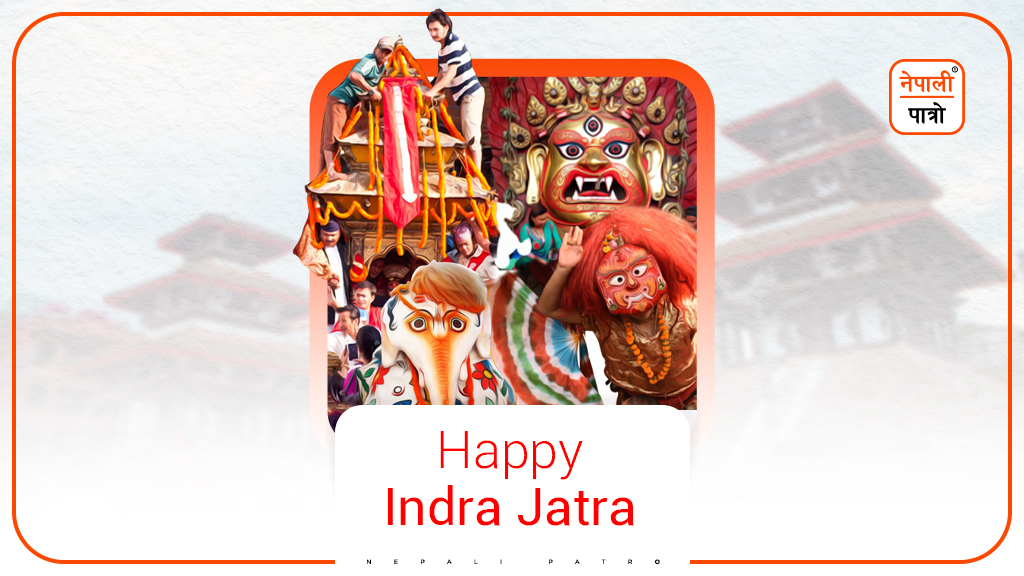
Indra Jatra
Inside Kathmandu valley as Kathmandu city itself with Lalitpur, Bhaktapur, Dhulikhel, along with Dolkha, and some other places outside the Kathmandu valley, Indra Jatra is a traditional chariot procession celebrated by the Newar Community (aboriginal community of Kathmandu, Bandipur, etc) by worshiping and adoring Indra, the god of rain and prosperity. This festival is also called Yeiya Punhi, meaning Indra Jatra in general Nepali language. Indra Jatra is one of the most entertaining and important chariot processions celebrated in Kathmandu valley among many others. The main function of the initiation of the Indra Jatra chariot procession is to establish YoShi (big wooden flag with auspicious signs also called Indra Dhwaja). This festival is observed and celebrated with a lot of gusto not only by the Newar community, but also by people of other different ethnicities, and backgrounds of the valley of Kathmandu.
The Hanumandhoka Durbar area, bejeweled with lots of temples built between the 12th and 18th centuries and later, is the place of origin and celebration of this festival. The procession of Indra Jatra starts after “Indradhwajotthan” (erecting of the wooden YoShi (Indra Dhwaja) with a sacred flag atop it) on the day of Bhadra Shuklapakchya Yanlathwa Dwadashi and goes on for eight consecutive days with various dances, songs, and Rath Yatra (procession of chariots of Ganesh, Bhairab, and Kumari) till Yalaga: Chauthi i.e. “Indradhwajapatan” (dismantling of the erected Indradhwaja). According to cultural experts, Indra Jatra is considered to be one of the oldest festivals celebrated, among the major and popular festivals of Sanatan Dharma, such as Dashain, Tihar, and Fagu Purnima. The practice of hoisting YoShi (Indradhwaja) is also described in detail in Balmiki Ramayan, Mahabharat, Haribamsa Puran, Kalika Puran, Devi Puran, Bishnu Dharmottar Puran, Brihatsamhita and Bhawishya Puran.
The Legend of Indra Jatra
The festival of Indra Jatra is celebrated on the day when Indra, King of heaven, came to Kathmandu to pick Parijat flowers (Jasmine Flower) and Arum for his mother’s worship of Basundhara fasting. But, he was captured by locals considered as a thief, and tied in the middle of the street, thus his mother goddess Aditi, wife of Kashyap came down to earth, Kathmandu to free Indra from that bondage, and takes him back, promising the people of Kathmandu to give fog and moisture with it in exchange for her son. The story/ narration that the rice crop gets ripe on time due to the same moist fog given by Goddess Aditi is still alive among the people in general. The main attraction of Indra Jatra is to establish the YoShi (Indra Dhwaja).
According to the Purans, in ancient times the gods and demons were preparing for a great war. The Tridev (Bramha, Bishnu, and Shiva) and all the devas (gods) made a great flag (Dhwaja) to make Devraj Indra victorious, worshiped that flag, and then handed it over to Indra. The flag was called Indra Dhwaja because it was held by Indra. After the victory of the gods in the battle of Dev-Asur, the Indra Dhwaja worship and ceremonies continued. With the wish to conquer the heavens and the earth, the kings began to set up YoShi (Indra Dhwaja). After Devaraja Indra gave an IndraDhwaja flag to the king Uparichar Basu, a king of earth, the news that he easily won the war encouraged everyone to celebrate this festival. Then onwards, the tradition of establishing Indra Dhwaja to increase happiness and prosperity in one’s kingdom also began.
Starting of Procession
The Indra Jatra procession begins on the day of Bhadra Shukla Dwadashi in front of Hanuman Dhoka with a religious ceremony in which a YoShi with an IndraDhwaja is hoisted followed by different types of dances, singings, worshiping of different deities, and processions of chariots of Bhairab, Ganesh and Kumari (living Goddess) for eight consecutive days.
On the day of Ekadashi, the YoShi for Indra Dhwaja is prepared by cutting a tree that comes into contact or is touched by a goat left in the forest at Ugrachandi Nala, Kavrepalanchowk district after worshiping the goat using the Tantric method. The tree is then cut and brought to Kathmandu by pulling it all the way from Kavrepalanchowk by a large group of people. After its arrival in Kathmandu, YoShi is erected in front of the huge idol of Kalbhairav in the palace area of Hanumandhoka, then the hustle-bustle of the Indra Jatra festival begins.
The YoShi thus erected is also called ‘Indradhwajotthan’. During some unmentioned time due to language corruption, the YoShi has been mispronounced or people started calling it Lingo too. Whereas In the Nepal Bhasa (Local dialect of Newar communities), it is still known as YoShi, which is its original name. The YoShi, at the top, contains various auspicious signs printed on paper and clothes like a flag. After the YoShi is erected, an idol of Indra mounted on his Yerawat elephant painted with a golden color is worshiped at its bottom. While YoShi is being erected, the Nepal Army band, Platoon of Guruju, and Panchebaja (typical Nepali musical instruments containing five different groups of instruments) play the auspicious music. In history, it is mentioned that the tradition of raising the YoShi during Indra Jatra is said to have started by the then King Pratap Singh Malla. The huge shrine of Shweta Bhairav in the Hanumandhoka palace area is also opened for public viewing and worship during this occasion.
In this festival, there is a tradition of observing a Rath Yatra (chariot procession) of Ganesh, Bhairav, and Kumari, as living goddesses in Hanuman Dhoka and other surrounding areas. The procession starts after the erection of YoShi of the Indra Dhwaja flag and lasts for eight days at various places of the capital. During this period Bhakku dance from Halchowk’s Sabbhakku is performed at different places of Kathmandu, Mahakalinach of Bhaktapur, Majipamat Lakhe nach of Majipat, Dasavatar, and Indra’s vehicle Yeravat elephant, Pulukisi of Kilagal, etc are performed as well. On this occasion, devotees stay awake all night at Indra Daha in Dahachok, situated about four kilometers west of Kathmandu, and take a bath next morning to participate in the fair. There is a custom of performing or showing ten incarnations of lord Bishnu on the platform of Trilok Laxmi Narayan temple in front of Kumari Ghar (temporary Residence for the living goddess, Kumari).
After this, the bamboo garland is made by long pieces of them sewn together and lighting lamps on those bamboos, a procession is made around the city. This procession is carried out by the Manandhar community of Kathmandu. The Indra Jatra procession of chariots with Ganesh, Bhairav, and Kumari on the fourth day of the festival is taken from the upper part of Kantipur city, from Maru Tol, towards Asan making a huge procession and reach Asan on the full moon day. On this day, the people of the Newar community consume Samay Baji (a combination of beaten rice with potato, ginger, whole fried egg, small round black lentil cake, and spinach with spicy meat). On the fourth day of Yalaga, the procession is concluded by saying Nanicha: Ya all three chariots of Ganesh, Bhairav, and Kumari make a procession till Kilagal, after which in the evening the festival is concluded by dismantling the IndraDhwaja or YoShi. Thus, in this way the Newar community celebrates Indrajatra for eight consecutive days. But with the changing time, and the mingling of different ethics, and communities inside Kathmandu it is observed and celebrated with a lot of enthusiasm not only by the Newar community, but also by people of other different ethnicities, and backgrounds of the valley of Kathmandu.
In Indrajatra, it is customary to make a high wooden platform above four lions between Marusattal and Sinlyansatta: (Simhasattal) in Marutol, and an idol of Indra tied with a rope is kept on that platform. According to culture specialists, Devraj Indra, who had came to fetch Jasmine flower (Parijat), and Arum, needed to fast on Basundhara for mother goddess Aditi, plucked the flower without permission from the gardener. Thus, he was made prisoner considered a thief and the idol tied to the rope in Marutol represents that incident. In Indrachowk, Kilagal and Naradevi too, the idol of Indra is displayed in the same way. At midnight on the occasion of Indra Jatra, the idol of Akashbhairav, also considered as the head of king Yalambar of the Kirat Dynasty, is worshiped outside the temple with a variety of flowers, and other offerings at Indrachowk. Likewise, there is a tradition of pouring liquor made of rice for public consumption from a tube connected to Shwet-Bhairav’s mouth as an offering accompanied by the rhythm of Dhime Baja (kind of small drum-like instrument with two sides normally played by a coil-shaped thin metal rod or hand).
On the third day of the YoShi erection, i.e. on the day of Yalathwa Chaturdashi, the living goddess Kumari, recognized as Kwahane ya: by Newar Community along with Bhairav and Ganesh, are placed in chariots and the procession is made around the lower half of the old city of Kantipur or Kathmandu. Before starting this procession, it is customary for the head of state to attend the ceremony and worship Ganesh, Bhairab, and Kumari and observe the festival from the Gaddi Baithak of Hanuman Dhoka Palace. The presence of the head of state in this procession has been taking place since the time of Jayaprakash Malla, and it is mentioned that Jayaprakash the last Malla king of Kantipur, used to take part in the procession of the living Goddess Kumari riding on his own chariot. In the evening of the same day, when the procession of the chariot ends, the people of Maru Tol, who have lost their family members during the year go around Kantipur town scattering Sat-Bij (hundred different kinds of seeds). After this, oil lamps are lighted in the bamboo pieces sewed together as a garland and a procession goes around the city, which is done by the Manandhar community of Kathmandu.
On the fourth day of the festival, the chariots of Ganesh, Bhairav, and Kumari make a procession from Maru Tol in the upper part of Kantipur till Asan on the full moon day and on the day of Yalaga Chauthi (Ashwin Krishna Chauthi), the procession is concluded in the evening by saying Nanicha Ya: and dismantling the YoShi which later on is submerged in the Bagmati river so that it can float away. To Read this article in the Nepali Language please click here.
Taken and modified from Nepali article: http://www.newari.jheeguinformation.com
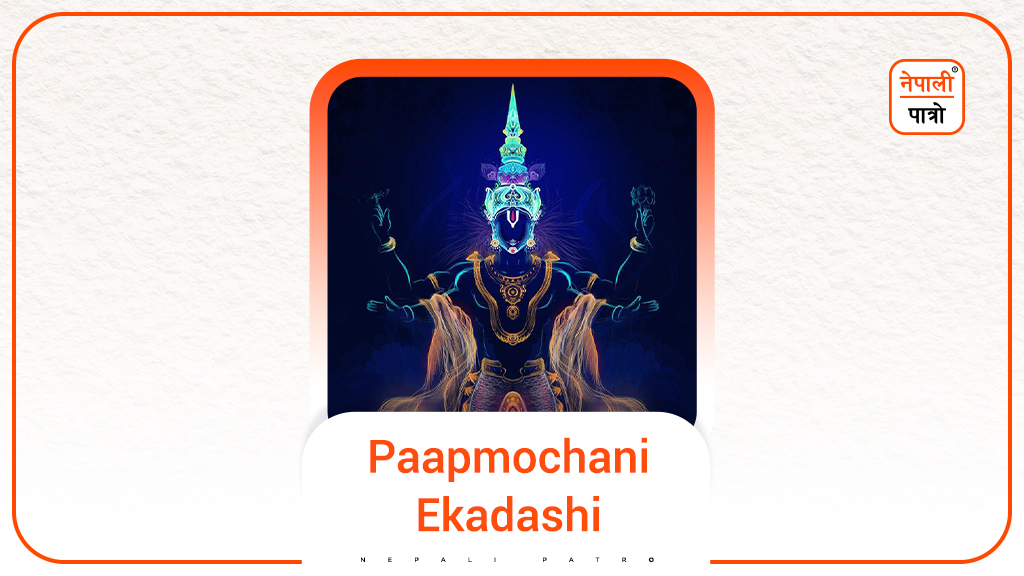
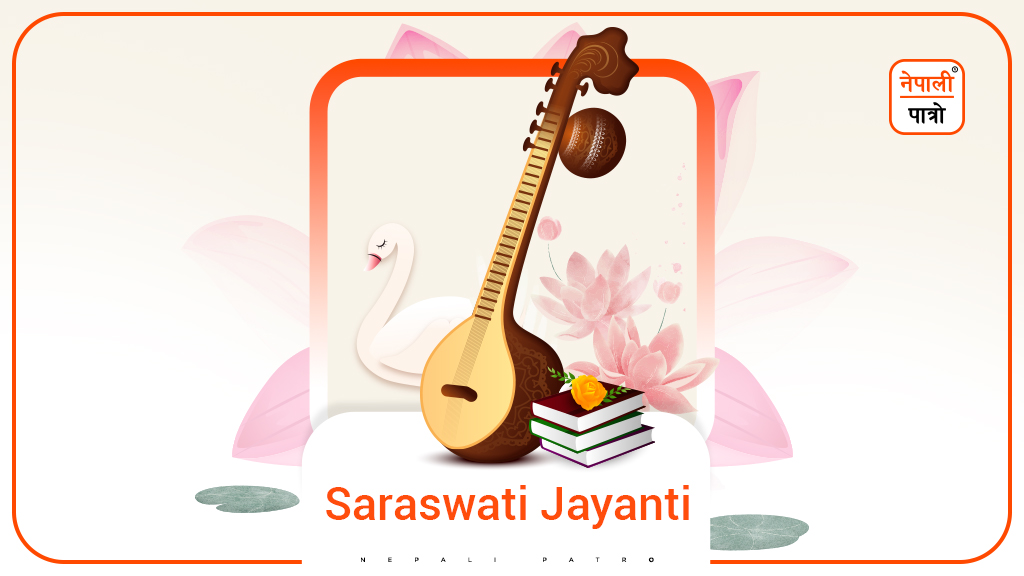
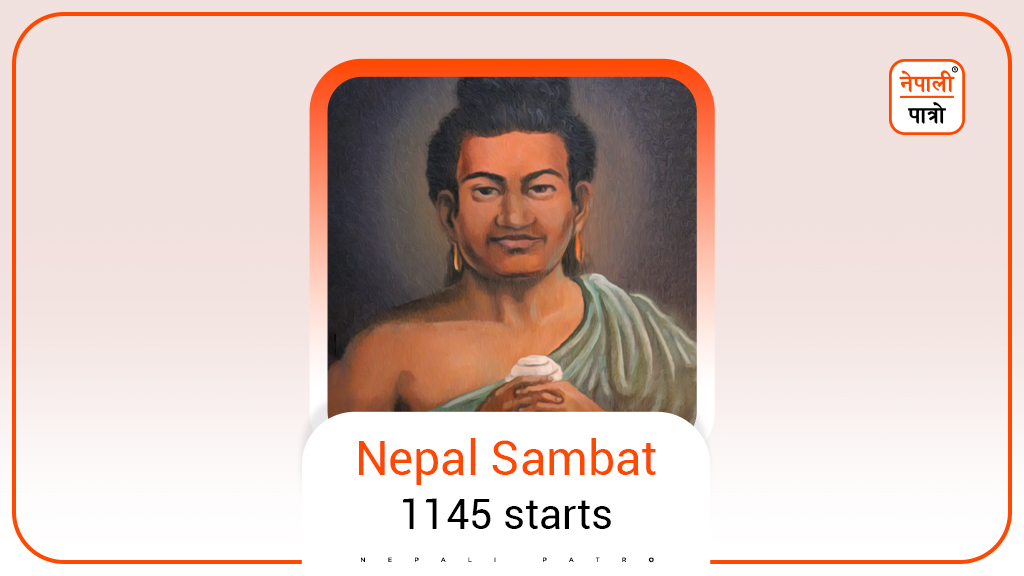
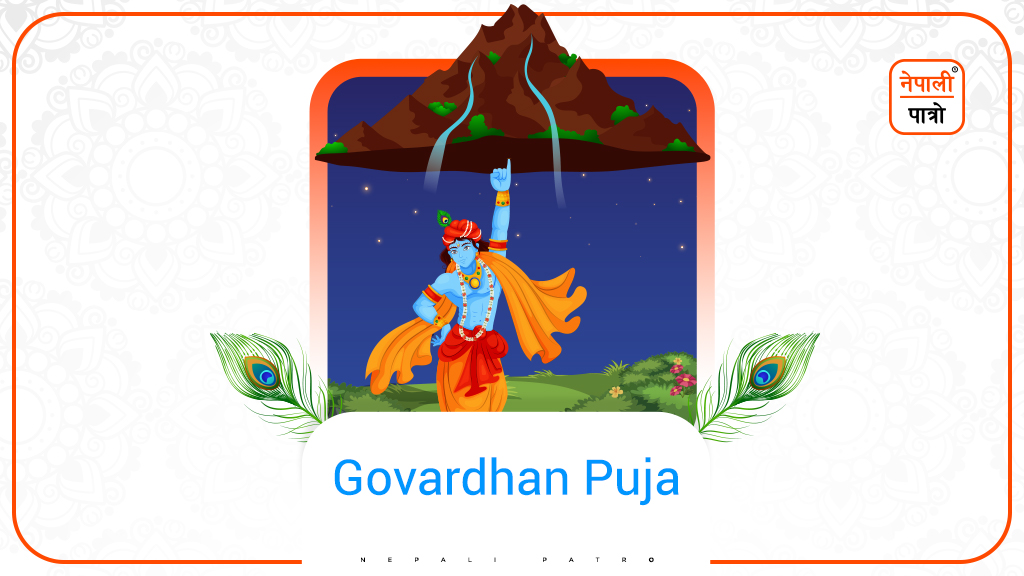
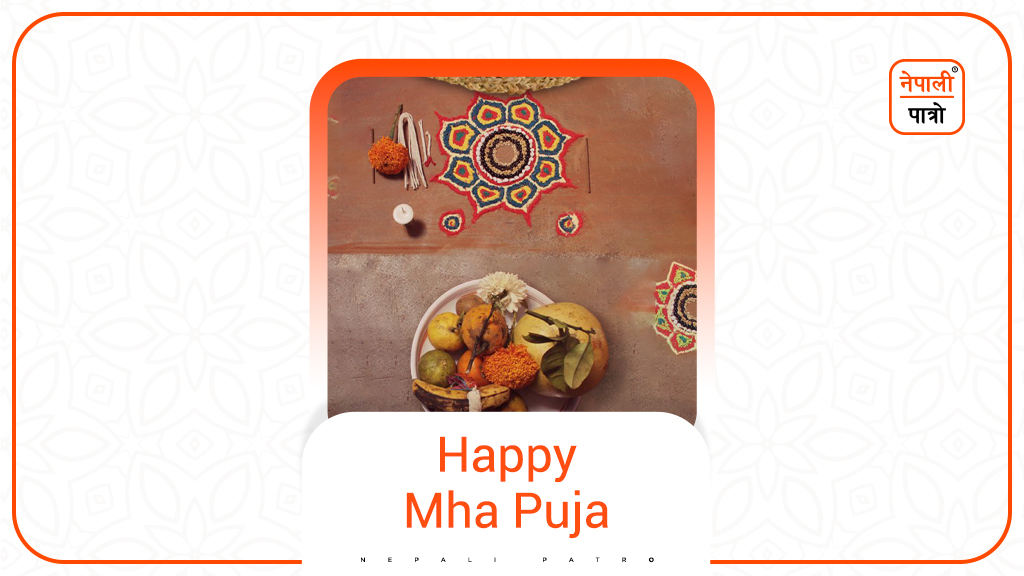
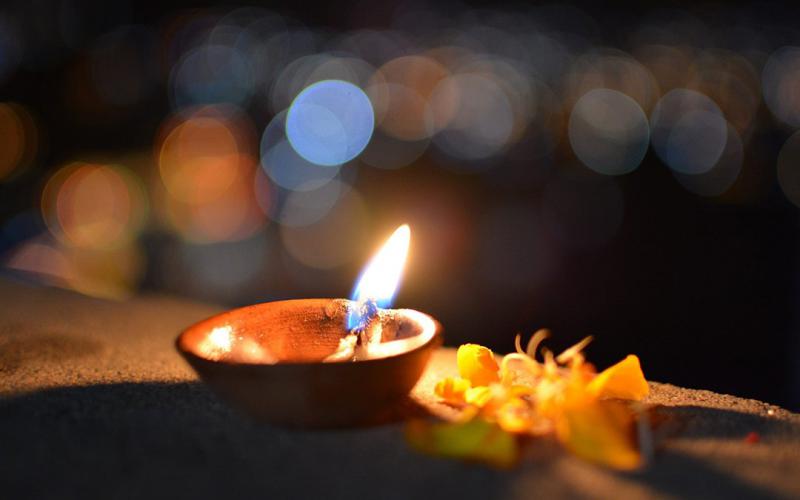
September 17, 2024 1 year
thakur